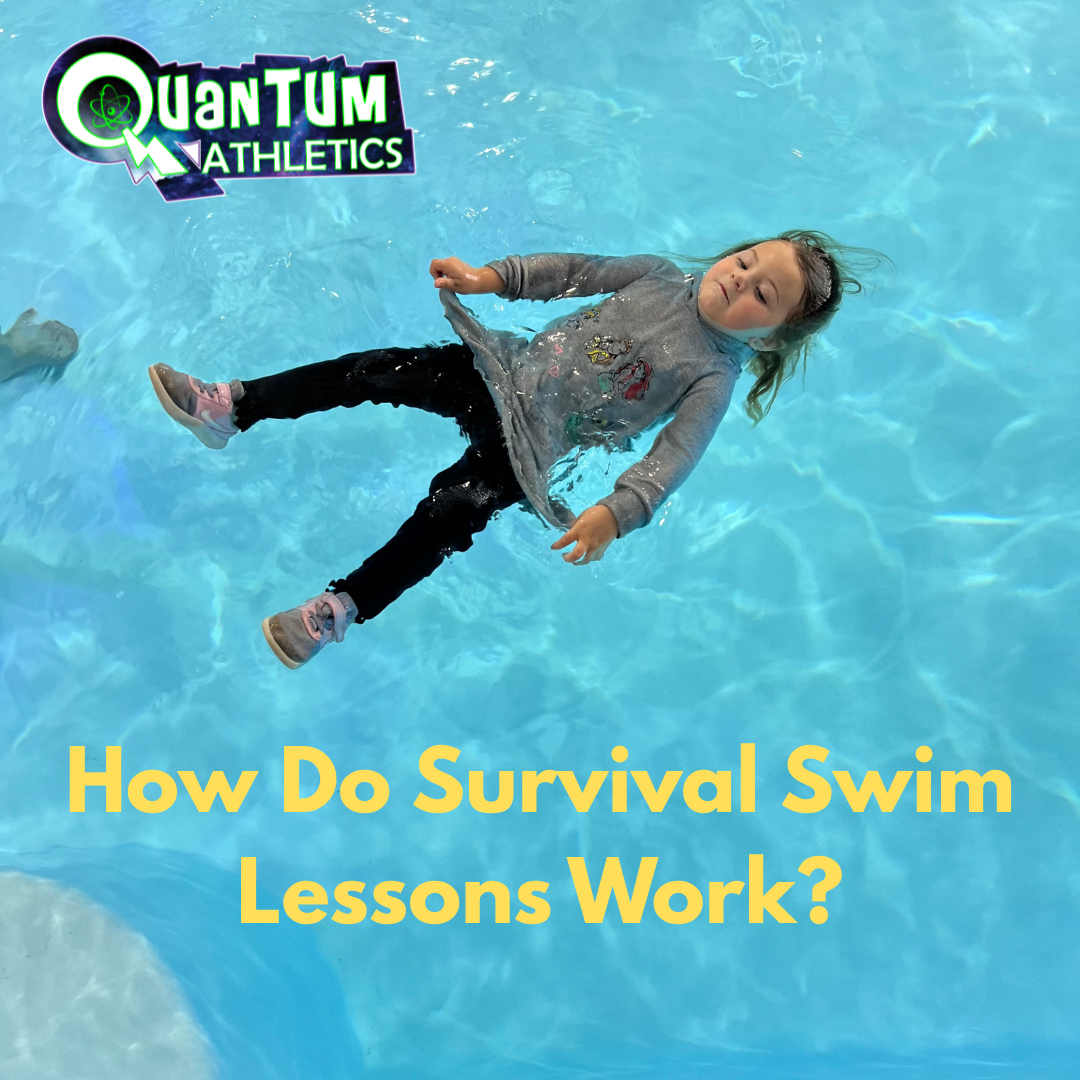How Do Survival Swim Lessons Work?
For many parents, the idea of “survival swim” lessons is new and maybe even a little intimidating. Survival swimming teaches young children the lifesaving skills they need if they ever find themselves in water unexpectedly. The goal isn’t comfort—it’s competence and confidence.
What Makes Survival Swim Lessons Different
-
Frequency Matters: Four Days a Week
One of the biggest factors that makes survival swim lessons effective is the schedule. Instead of a once-a-week class, survival lessons are typically taught four days per week in short, focused sessions.
Why does this work so well?
-
Repetition builds muscle memory. Skills are learned and reinforced quickly, without long gaps between practice.
-
Consistency boosts confidence. Children see progress every day, which keeps them motivated.
-
Faster results. Many students master core safety skills in just a few weeks, compared to months (or even years) it takes for the same result in a weekly program.
-
Skills That Prioritize Safety
In survival swim, the focus isn’t on learning strokes. Instead, kids are taught to:
-
Roll from face-down to a safe back float
-
Rest and breathe until help arrives
-
Swim-float-swim to reach safety
These skills are age-appropriate—even infants and toddlers can learn them—because they rely on natural reflexes and body position rather than strength.
-
Short and Child-Centered Lessons
Each session is usually only 15 minutes long. That might sound brief, but it’s intentional: young children learn best in short bursts of focused activity. Lessons are one-on-one, so the instructor can tailor the pace and approach to each child’s needs, personality, and comfort level.
-
A Partnership with Parents
Survival swim lessons don’t stop when your child leaves the pool. Instructors guide parents on how to practice water safety at home, build comfort in the bathtub or kiddie pool, and reinforce the importance of supervision.
Why Parents Choose Survival Swim
For families, the difference comes down to peace of mind. Knowing your child has the skills to save themselves in an emergency is invaluable. Many parents find that survival swim lessons provide results faster than traditional weekly programs, giving their child both competence in the water and confidence around it.
✅ Takeaway: Survival swim works because it’s consistent, focused, and designed around how children actually learn. Four short lessons a week create lasting safety skills that can make all the difference in an emergency.

